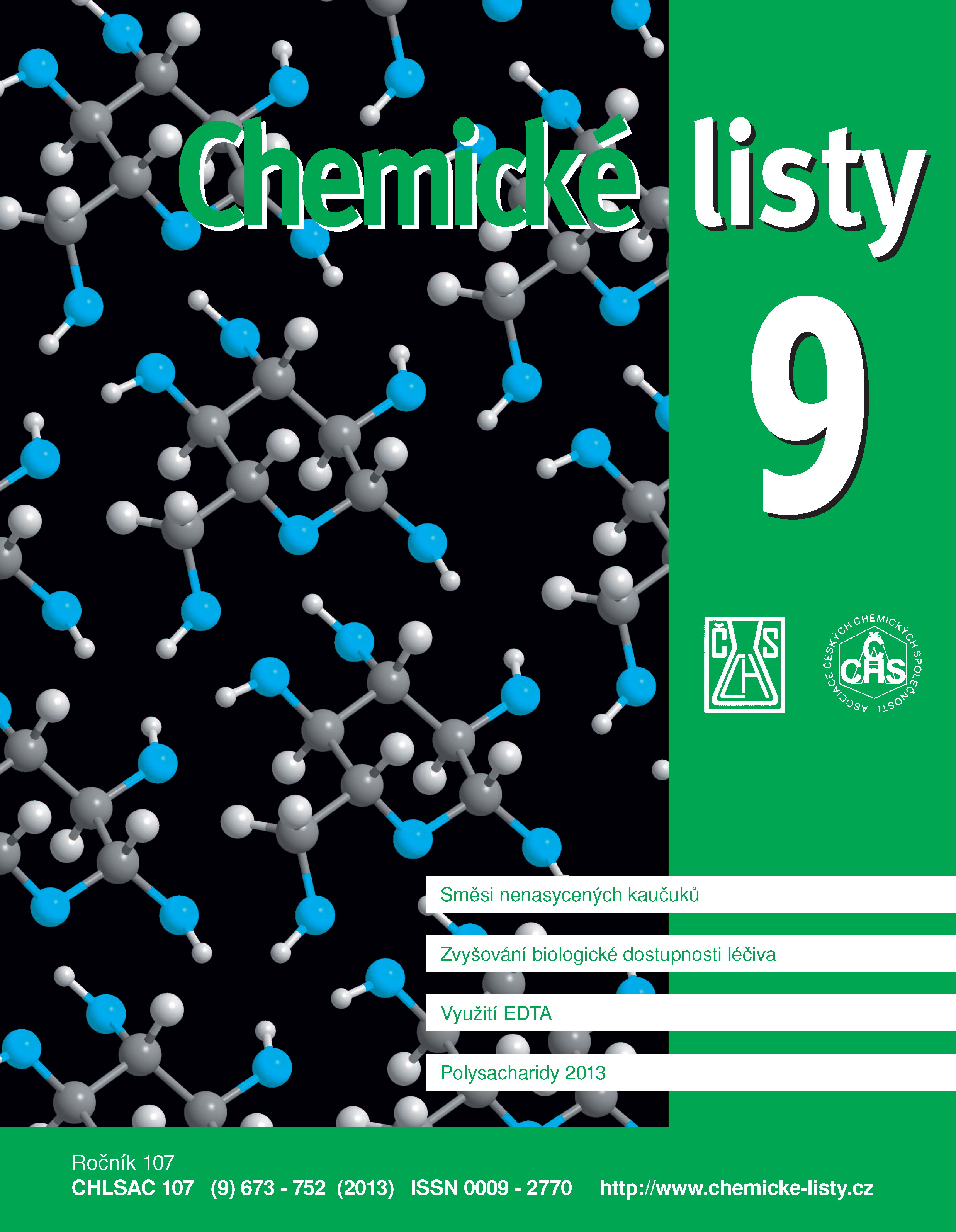Molecular Forms of Cholinesterases and Their Anchoring Proteins
Keywords:
acetylcholinesterase, butyrylcholinesterase, anchoring proteins, collagen Q, proline-rich membrane anchor, choline esterase molecular formsAbstract
Acetylcholinesterase (AChE) and butyrylcholinesterase (BChE) are the two enzymes that predominantly break down choline esters. The AChE gene produces four types of subunits based on alternative splicing; the BChE gene just one. The tailed AChE and BChE subunits form soluble oligomers and anchored hetero-oligomers. Hetero-oligomers are functional forms of cholinesterases in cholinergic synapses and at neuromuscular junctions. The hetero-oligomers consist of anchoring proteins and catalytic subunits held together by hydrophobic interactions. Cholinesterases anchored by collagen Q predominate in skeletal muscle while cholinesterase assambled with proline-rich membrane anchor are predominant in the nervous system.





